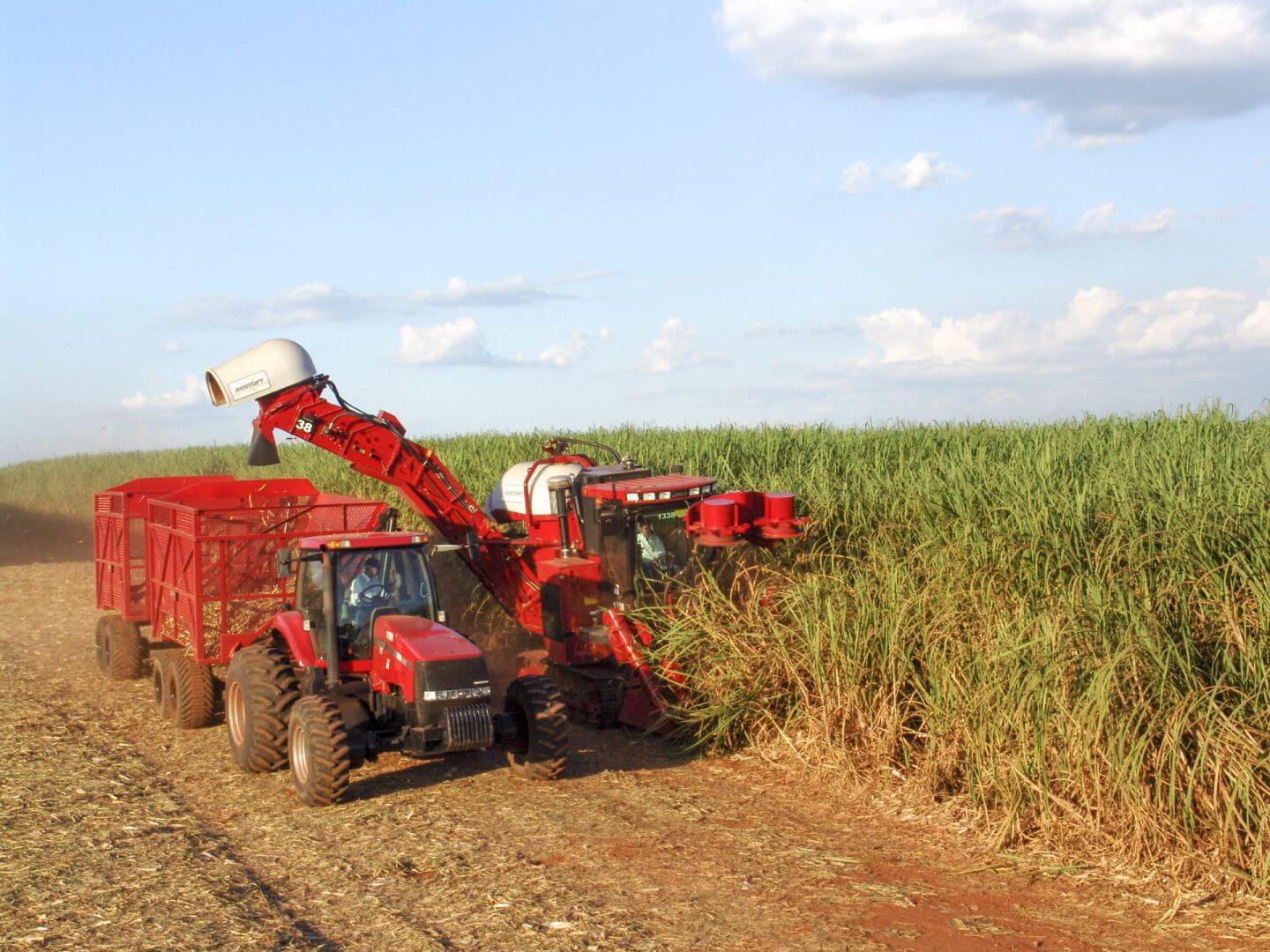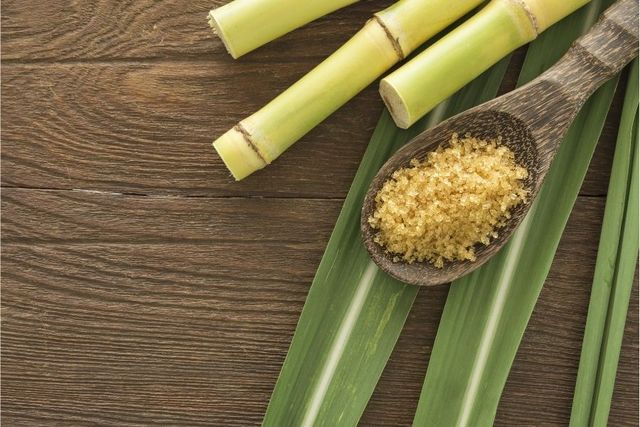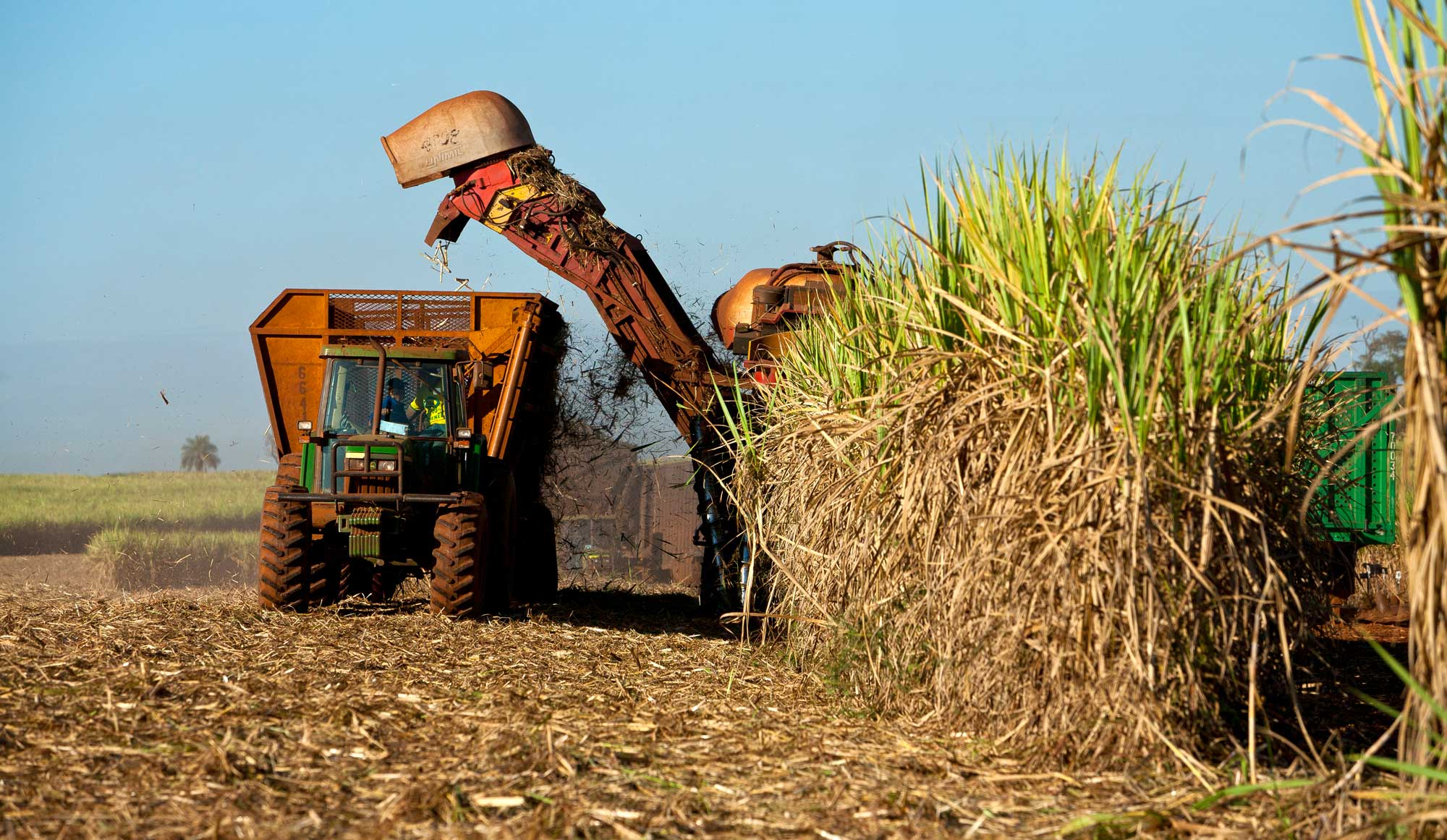What Are Sugar Canes Used For in Health Drinks and Herbal Tonics
Recognizing Exactly How Sugar Canes Job: What Are Sugar Canes Utilized For in Food and Beyond?
Sugar walking canes are essential to numerous aspects of both cooking and commercial techniques. Their convenience enables them to be changed into sweeteners, beverages, and also biofuels. As one explores the trip from growing to handling, the diverse applications of sugar walking sticks expose a complex interaction in between farming and market. The ramifications of sugar walking cane manufacturing extend past mere energy, raising questions regarding environmental sustainability and financial influence.

The Background and Origin of Sugar Canes
Although often taken for provided in modern diet plans, the history and origin of sugar walking canes expose an intricate trip that extends thousands of years. Belonging To Southeast Asia, sugar walking stick was very first cultivated around 8000 BCE, with its sweet juice coming to be very valued by very early civilizations. By the initial millennium advertisement, it infected India, where it was refined into taken shape sugar, a notable innovation that transformed its usage and profession. The intro of sugar walking stick to the Mediterranean occurred around the 7th century, thanks to Arab traders, that acknowledged its financial potential.During the Age of Expedition, European colonists established sugar ranches in the Caribbean, considerably affecting global profession. By the 17th century, sugar became an essential asset, sustaining economic climates and affecting social frameworks. The story of sugar walking sticks is linked with farming, business, and cultural exchanges, noting its relevance fit contemporary financial systems and culinary techniques.

Farming and Gathering Practices
The farming and harvesting of sugar walking sticks involve several essential practices that figure out the high quality and return of the plant - What Are Sugar Canes Used For. Secret aspects include effective dirt preparation strategies, exact planting techniques, and reliable collecting approaches. Comprehending these practices is important for enhancing manufacturing and making certain sustainability in sugar cane farming
Soil Preparation Strategies
Reliable soil prep work methods are crucial for successful sugar walking cane farming, as they lay the structure for healthy growth and suitable return. The procedure starts with dirt testing to analyze nutrient degrees and pH balance, enabling tailored amendments. Plowing and tilling are then utilized to damage and freshen the soil up compaction, boosting origin infiltration. Integrating raw material, such as garden compost or well-rotted manure, boosts soil fertility and structure. In addition, correct drain systems are essential to stop waterlogging, which can prevent walking stick advancement. Cover chopping may likewise be utilized to subdue weeds and improve soil wellness. These methods jointly guarantee that sugar walking stick has the most effective environment to flourish, leading to robust plant health and wellness and boosted performance.
Growing and Growth
Successful planting and growth methods are essential for making best use of the yield of sugar cane. The procedure begins with picking healthy seed walking canes, which are sections of mature stalks abundant in buds. These seed canes are commonly planted in well-prepared dirt, ideally at a deepness of 4 to 6 inches, making sure adequate dampness and aeration. Sugar walking stick thrives in cozy climates with enough sunlight and calls for constant irrigation, particularly throughout completely dry spells. Fertilizing with potassium, phosphorus, and nitrogen is essential to advertise robust development. Weed control is likewise crucial, as competitors can hinder growth. Regular tracking of plant health and wellness and dirt conditions enables timely treatments, eventually resulting in a successful plant that meets market needs.
Collecting Approaches
Collecting sugar walking cane requires mindful planning and execution to ensure optimal return and quality. Normally, the harvest takes place when the cane reaches ideal sugar content, typically between 12 to 18 months after growing. There are two key approaches: handbook and mechanical harvesting. Hand-operated harvesting includes workers utilizing machetes to reduce the stalks at ground level, making certain minimal damages to the plant and dirt. In contrast, mechanical harvesting uses specific devices that reduced, chop, and deliver the cane, boosting performance and lowering labor costs. Nonetheless, mechanical methods can cause higher soil compaction and loss of nutrients. No matter the method, timely harvesting is important, as delays can result in decreased sugar top quality and raised sensitivity to diseases and bugs.
Handling Methods for Sugar Extraction
The handling of sugar walking stick is an important stage in sugar manufacturing, including several vital techniques - What Are Sugar Canes Used For. Gathered walking cane undertakes crushing and juicing to extract its pleasant fluid. This juice after that continues via filtration and formation, changing it into the sugar most frequently utilized today
Collecting Sugar Walking Cane
Sugar walking cane collecting marks an essential phase in the manufacturing process, where timing and technique play necessary duties in optimizing return. Usually, the harvest occurs when sugar web content is at its height, which varies based on climate and development problems. Workers utilize specialized equipment or guidebook devices to cut the walking stick at the base, making sure marginal damage to the plant. Proper strategy is crucial; reducing expensive can minimize the high quality and quantity of the sugar removed later on. After cutting, the walking cane has to be carried without delay to processing facilities to stop spoilage and sugar deterioration. The effectiveness of the harvesting process greatly influences the total productivity and success of sugar walking stick farming, making it an essential focus for producers.
Squashing and Juicing
As soon as sugar cane is gathered, the next crucial step includes crushing and juicing to remove the wonderful liquid that has sucrose. This process commonly employs hefty machinery developed to crush the stalks, breaking down the fibrous framework and launching the juice. Mills or rollers apply substantial pressure, allowing the walking stick juice to stream out while dividing the coarse deposit, understood as bagasse. As soon as crushed, the walking cane is typically based on a series of pressing phases to make best use of juice removal. The gathered juice is abundant in sugar and may contain contaminations, which will certainly be addressed in later handling steps. Overall, juicing and squashing are essential methods that change collected sugar walking cane into a liquid form suitable for further improvement.
Purification and Crystallization
Filtration and formation are critical processes in changing raw walking stick juice into polished sugar. After removing juice from smashed sugar canes, the liquid consists of impurities such as plant minerals, fibers, and healthy proteins. To attain filtration, the juice undergoes clarification, where heat and lime are contributed to precipitate impurities, which are then eliminated. The clarified juice is then concentrated through evaporation to develop a thick Read Full Article syrup.Next, formation takes place, where sugar crystals form as the syrup cools. This procedure commonly includes seeding the syrup with existing sugar crystals to promote uniform growth. The resulting crystals are divided from the staying molasses with centrifugation, Continue producing pure sugar. This refined item is after that dried out and packaged for different culinary uses.
Culinary Use Sugar Canes
While usually linked largely with sugar, sugar walking sticks supply a flexible series of culinary applications beyond their duty in sugar manufacturing. Fresh sugar walking cane can be juiced, producing a wonderful, invigorating drink appreciated in many tropical areas. This juice serves as a base for alcoholic drinks and shakes, including a special taste profile.Additionally, sugar walking cane syrup, acquired from simplifying the juice, is utilized as an all-natural sugar in numerous recipes, from marinades to treats. The syrup gives a rich, caramel-like taste, boosting both wonderful and mouthwatering recipes.In some foods, sugar cane stalks are barbequed or baked, providing an unique smoky preference that matches veggies and meats. Additionally, sugar walking cane can be incorporated into desserts, such as puddings and candies, where its sweetness and coarse appearance develop fascinating contrasts. In general, sugar walking sticks add to both standard and innovative cooking developments across varied societies.
Industrial Applications Past Food
Beyond their culinary uses, sugar canes play a considerable duty in various industrial applications, adding to sectors such as bioenergy, paper manufacturing, and bioplastics. The fibrous product of sugar walking stick is used in the production of biofuels, specifically ethanol, which serves as a sustainable power resource that decreases reliance on nonrenewable fuel sources. In the paper sector, bagasse, the coarse deposit left after juice removal, is processed into pulp for paper and cardboard production, promoting lasting practices by using waste. Furthermore, advancements in bioplastic modern technology have actually led to the development of naturally degradable plastics originated from sugar walking cane, offering an eco-friendly alternative to standard petroleum-based plastics. These commercial applications not only enhance the worth of sugar canes yet additionally straighten with worldwide motions in the direction of sustainability and renewable energies, illustrating their adaptability past the kitchen.

The Ecological Impact of Sugar Walking Cane Production
The manufacturing of sugar walking stick, despite its various commercial advantages, positions considerable ecological difficulties. Deforestation is often an effect, as large areas of land are gotten rid of to grow sugar cane, bring about habitat loss and biodiversity decline. In addition, the extensive farming methods connected with sugar walking stick cultivation can result in dirt degradation and erosion. The hefty usage of chemicals and plant foods to take full advantage of yields contributes to water contamination, negatively affecting marine ecosystems.Moreover, sugar walking stick manufacturing is connected to increased greenhouse gas emissions, particularly with land-use modifications and the burning of walking stick areas before harvest. These methods not just influence air top quality yet likewise add significantly to environment adjustment. Additionally, the water-intensive nature of sugar walking stick farming places stress on regional water resources, influencing areas and communities reliant on these materials. Resolving these environmental impacts is necessary for lasting sugar cane manufacturing in the future.
Frequently Asked Inquiries
Exist Wellness Conveniences Associated With Consuming Sugar Cane?
The question of health benefits associated to sugar walking stick usage highlights potential benefits. Sugar walking stick might provide hydration, important minerals, and anti-oxidants, yet moderation is essential as a result of its natural sugar content and feasible health and wellness implications.
Just How Does Sugar Walking Stick Compare to Other Sugar Nutritionally?

Sugar cane offers all-natural sweetness, primarily consisting of sucrose, while other sweeteners differ in make-up and caloric material. Compared to artificial choices, sugar cane supplies minerals and vitamins, though it stays high in calories and carbs.
Can Sugar Walking Stick Be Expanded in Non-Tropical Areas?
Sugar walking cane mostly flourishes in exotic climates, calling for cozy temperature levels and plentiful rains. While some non-tropical areas try farming, success is restricted because of inadequate warmth and expanding seasons, making massive manufacturing testing.
What Are the Usual Pests or Illness Influencing Sugar Canes?
Common insects influencing sugar canes include the sugarcane borer and aphids, while illness like fallen leave scald and red rot posture significant dangers. Reliable monitoring strategies are essential for maintaining healthy sugar cane crops and maximizing returns.
Just How Does Sugar Walking Cane Effect Resident Economies?
The influence of sugar walking cane on regional economic climates is considerable, giving employment possibility, increasing farming markets, and adding to exports. Its farming sustains local companies and boosts area growth through enhanced earnings and facilities enhancements. Indigenous to Southeast Asia, sugar walking cane was initial grown around 8000 BCE, with its pleasant juice coming to be very valued by very early civilizations. The introduction of sugar cane to the Mediterranean occurred around the 7th century, thanks to Arab traders, that acknowledged its economic potential.During the Age of Expedition, European homesteaders developed sugar ranches in the Caribbean, considerably affecting global trade. see The handling of sugar walking cane is a vital phase in sugar production, including a number of vital methods. While frequently connected largely with sweeteners, sugar canes use a functional variety of culinary applications past their duty in sugar production. The heavy usage of plant foods and pesticides to optimize yields adds to water pollution, detrimentally affecting marine ecosystems.Moreover, sugar walking stick production is connected to boosted greenhouse gas emissions, particularly with land-use adjustments and the burning of walking stick fields prior to harvest.